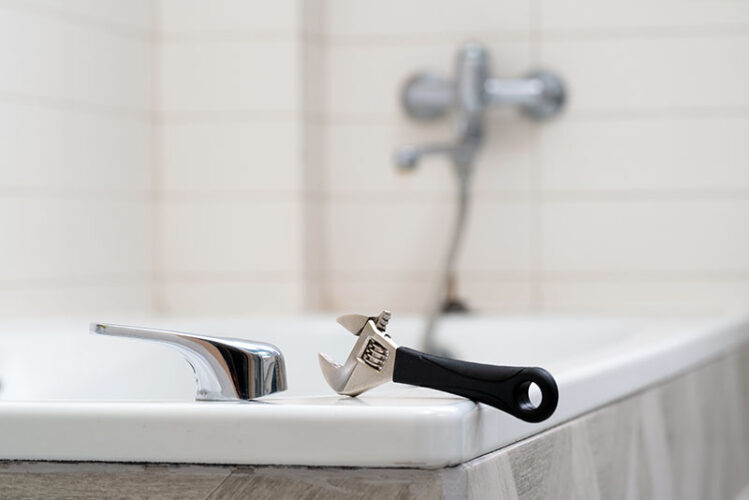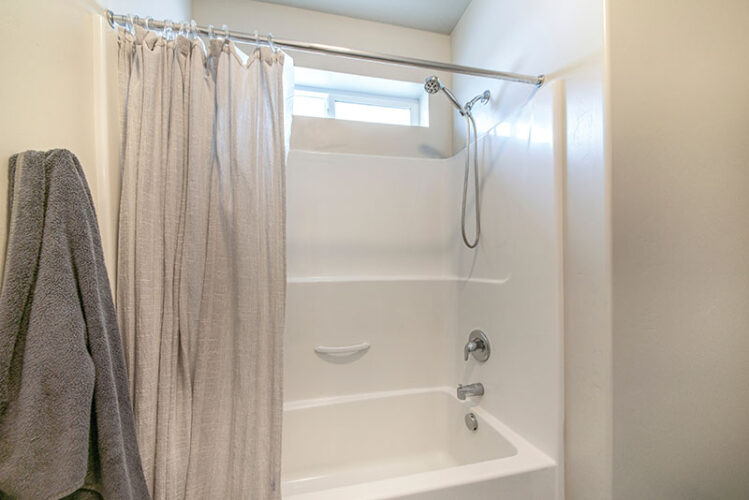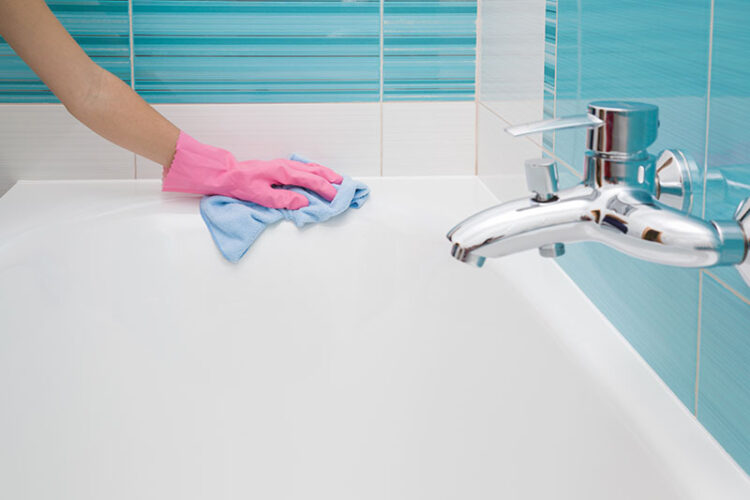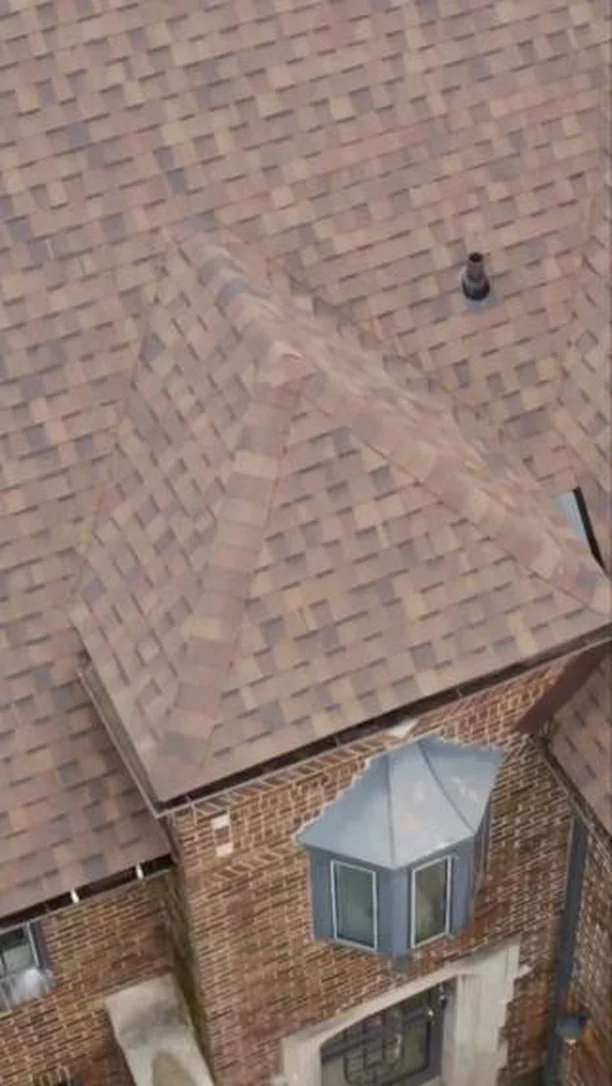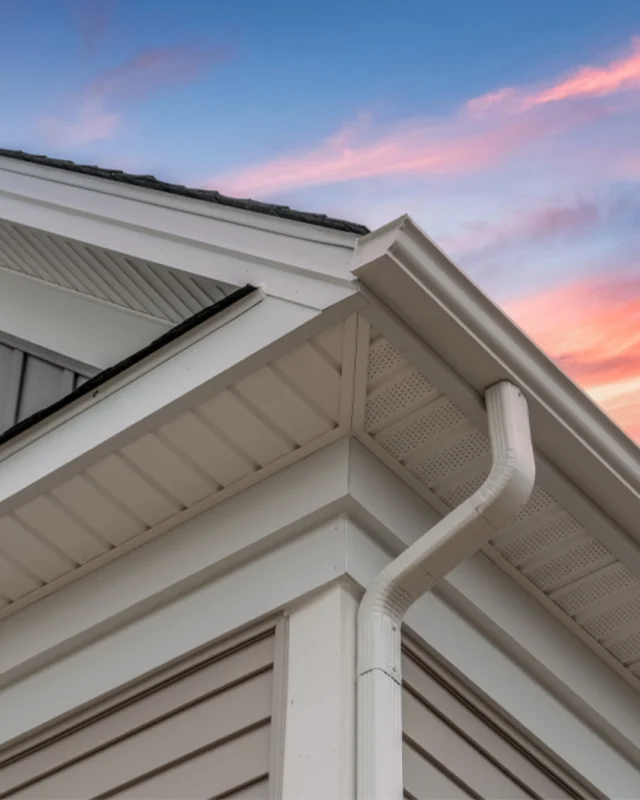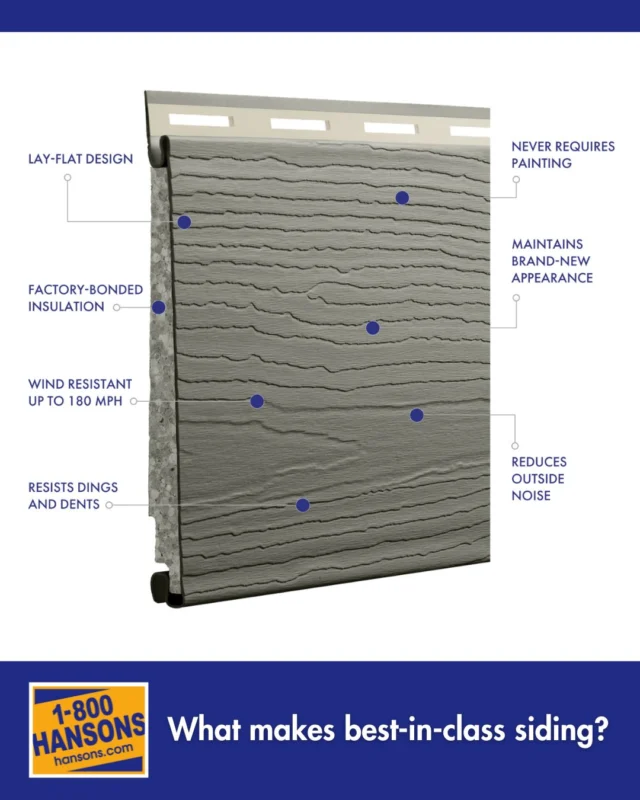What Can Be the Cause of a Tub or Shower Leak?
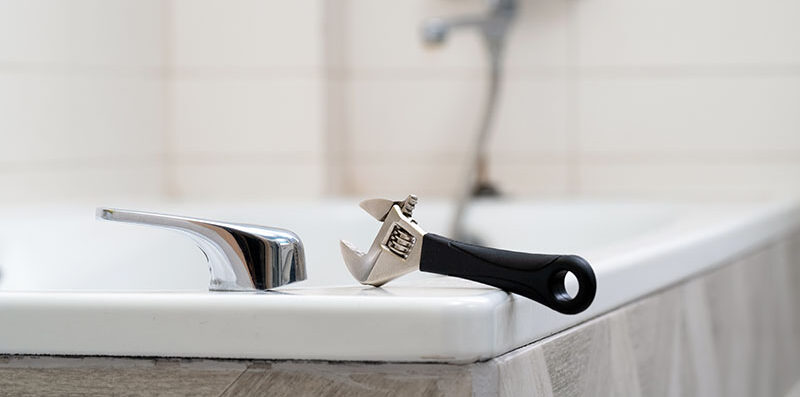
Water is one of the most destructive elements in your home. When it’s not forming a part of the perfect espresso, it’s creating incurable mold infestations and obliterated grout. Even minor breakdowns can lead to expensive repairs, so your bathroom’s seals and structure need to be in perfect shape. The first step to every solution is identifying the source of the problem. Your leak could be caused by:
A failing bathtub seal
Bathtub leaks are often sneaky and difficult to detect. If you spot mildew without obvious pooling around the base of your structure, you needn’t call the experts. Simply lay newspaper around your tub, then fill it with water. If your newspaper shows signs of moisture, you know your culprit — Your bath seal is probably failing you. Sounds of water seepage usually have the same cause.
Get a Free Estimate Today
50% off installation. Special financing available. See details.
A damaged shower base
You don’t fill your shower with water, so shower seal failures are even sneakier than tub fractures. Loose tiles and damaged grout allow water to seep beneath your shower base, causing untold destruction that you’ll only notice when it becomes catastrophic. Ultimately, water penetration can cause severe structural damage. For this reason, never ignore discolored grout or missing tiles.
A leaky faucet
Dripping faucets are more than just annoying. They expose your fixtures to a continuous stream of water that will ultimately cause mildew, mineral stains, and deteriorated grout. Soaring water bills are an inherent part of a drizzling faucet, wasting 80 to 100 gallons of water every day. If you’re lucky, your leak is merely the result of a worn washer, but other causes include:
- Rusty valve seats
- Cartridge failures
- Excess water pressure
- Loose components
- Faulty O-rings
- Broken pipes
- Rust
- A loose faucet aerator.
Leaky pipes
If your shower tiles are cracking for no obvious reason, your walls might be damp. This is usually due to a pipe leak. Warps and stains are two more obvious symptoms. If you see no visible signs of moisture, your friendly neighborhood plumber might diagnose the problem with a thermal imaging camera. Destructive digging should only be necessary after you have a solid diagnosis.
Cracks in your shower tray
This kind of leak will descend into your subflooring, ultimately causing rot. If you have insulation under your flooring, a leak will destroy it in a matter of weeks. Most hairline tray cracks are caused by improper installation. Substandard contractors often install thin pans without adding the required mortar underneath. Make sure you call your contractor before your warranty expires.
Damaged drains
If a puddle of water accumulates on your floor every time you run a faucet, your overflow drain might be leaking. Don’t panic — This is often an easy problem to repair. It usually affects the overflow cover and gasket. The rubber seal tends to wear down with age and is remarkably affordable to replace.
A waste drain leak will be tougher to identify, but you can still do a little detective work. Look for bubbling drywall, mold, and watermarks. If your drain is old, it might need a fresh layer of putty. If it’s a newer model, all it usually needs is a new washer.
Crumbling caulk
Caulk is porous and exposed to a constant barrage of moisture, so it’s prone to wearing out prematurely. Well-applied products have a lifespan of about five years, but if you’re dealing with a low-quality product, its longevity will shrink. Not all cracks produce obvious leaks, so don’t assume you can diagnose the problem with a simple visual inspection. Cracks and water don’t mix well. If you see failed caulk in your shower, it’s safe to assume that the water is escaping into unwanted places. Still, if you want a more reliable diagnosis, dry your shower thoroughly and cover the drain with duct tape. Fill the shower pan with water and mark the water level. If your water level has dropped after 20 minutes, you probably have a leak.
Leaky showerhead
If your showerhead is dripping after it’s been turned off, you might have a mineral deposit blockage, particularly if you live in a hard water region. You should be able to scrub this away with a wire-haired brush. If clearing the debris doesn’t do the trick, your washers and O-rings might be at fault. At worst, you’ll need to dispose of your showerhead and replace it with a gleaming new model.
Bathroom leaks might seem contained when your room is covered in ceramic tiles, but water can find its way through the tiniest of spaces — Even the invisible pores in your grout. The consequences grow increasingly dire with every passing day. Repairs are often as simple and affordable as a new washer, but in an aging home, replacements are often the most intelligent route to a dry bathroom.
Need help with a bathtub or shower replacement? Contact 1-800-HANSONS for a free estimate.
Related Articles:
Signs it’s Time to Replace Your Shower
Signs it’s Time to Replace Your Bathtub

